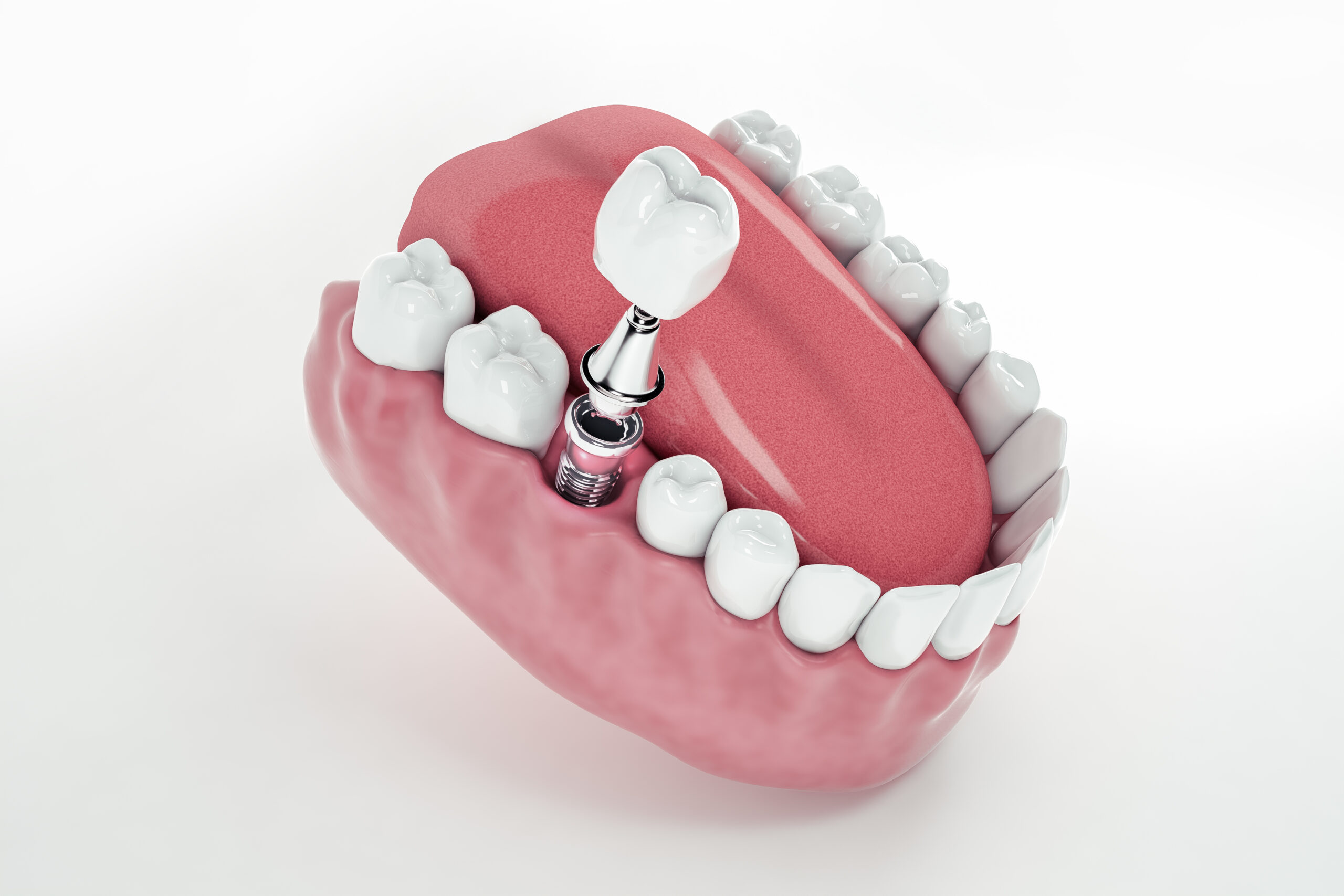Braces for Adults Cost: What You Need to Know Before Starting Treatment

Orthodontic treatment has long been associated with adolescence—but today, more adults than ever are investing in braces to improve their smiles, oral health, and self-confidence. Whether it’s for aesthetic appeal, functional bite correction, or to address shifting teeth later in life, adult braces are a powerful option. But one of the most common concerns remains: What do braces for adults cost?
In this comprehensive guide, we’ll explore the average cost of braces for adults, what affects that cost, types of braces available, insurance considerations, and whether the investment is worth it.
Why Adults Are Choosing Braces
There are several reasons why more adults are choosing orthodontic treatment:
- They missed it earlier in life.
- Teeth have shifted over time due to aging, injury, or lack of retainer use.
- They want to boost confidence in their personal and professional lives.
- They’re experiencing oral health issues like TMJ pain or difficulty chewing.
Fortunately, today’s braces are more discreet, comfortable, and effective than ever—making them appealing even for adults with busy lifestyles.
Average Cost of Braces for Adults
The average cost for adult braces typically ranges between $3,000 and $8,000 depending on the type of braces, complexity of the case, and location. Here’s a closer breakdown:
| Type of Braces | Average Cost Range |
|---|---|
| Metal Braces | $3,000 – $6,000 |
| Ceramic Braces | $4,000 – $7,000 |
| Damon Braces | $4,000 – $8,000 |
| Lingual Braces | $6,000 – $10,000 |
| Invisalign/Clear Aligners | $3,500 – $8,000 |
These prices typically include the full treatment, including braces or aligners, orthodontic visits, adjustments, and retainers—although some offices may itemize these separately.
Factors That Affect the Cost of Adult Braces
Several key factors influence the final price of orthodontic treatment for adults:
1. Type of Appliance
Each kind of braces has a different cost associated with materials, customization, and required expertise.
- Metal braces are generally the most affordable.
- Ceramic braces are more aesthetic but costlier.
- Lingual braces, placed behind the teeth, are highly customized and the most expensive.
- Clear aligners like Invisalign are popular for their convenience and discretion.
2. Severity of the Case
Simple spacing or mild crowding cases cost less than complex issues like overbites, underbites, or significant jaw misalignment.
3. Length of Treatment
Longer treatment usually means more visits, adjustments, and monitoring, which increases the total cost.
4. Orthodontist’s Experience and Location
Highly experienced orthodontists may charge higher fees. Additionally, practices in urban areas tend to have higher overhead and pricing than those in smaller towns.
5. Technology Used
Clinics that offer cutting-edge technology—like 3D imaging, digital impressions, or custom braces—may have slightly higher fees, but often deliver improved comfort and shorter treatment durations.
Types of Braces for Adults
Let’s take a deeper look at the most common adult orthodontic options and their typical costs:
1. Metal Braces ($3,000–$6,000)
Traditional metal braces remain the most affordable and effective option for moderate to severe alignment issues. They’re made of stainless steel and require elastic bands and regular adjustments. While they are visible, modern versions are smaller and more comfortable than in the past.
2. Ceramic Braces ($4,000–$7,000)
These braces work like metal braces but feature tooth-colored or clear brackets that are less noticeable. They’re popular among adults who want a more discreet look without the cost of aligners or lingual braces.
3. Lingual Braces ($6,000–$10,000)
Placed behind the teeth, lingual braces are completely invisible from the front. However, they’re more challenging to install and adjust, and may cause temporary speech issues. They are ideal for adults with demanding public-facing careers.
4. Damon Braces ($4,000–$8,000)
These self-ligating braces use a sliding mechanism instead of elastics, offering faster treatment and greater comfort for many patients. Available in metal and clear versions, they require fewer in-office visits.
5. Clear Aligners / Invisalign ($3,500–$8,000)
Invisalign uses a series of custom-made, clear plastic trays that shift teeth into place over time. They’re removable, nearly invisible, and ideal for adults who want a convenient and aesthetic solution for mild to moderate issues.
Insurance and Braces for Adults
While insurance coverage for adult orthodontics is less common than for children, many dental insurance plans now offer partial benefits. Coverage typically includes:
- Up to 50% of treatment cost, with a lifetime maximum benefit (e.g., $1,000–$3,000).
- Only specific types of braces may be covered (e.g., metal braces over aligners).
- Pre-authorization may be required.
It’s important to check your plan or consult your HR department or insurance provider before starting treatment.
Additionally, you can use FSA (Flexible Spending Accounts) or HSA (Health Savings Accounts) to cover orthodontic expenses with pre-tax dollars.
Payment Options and Financing
If insurance doesn’t cover the full cost, most orthodontists offer payment solutions, including:
- Monthly payment plans (0% financing at many practices).
- Third-party financing via CareCredit®, LendingPoint, or other health-focused lenders.
- Upfront payment discounts.
- Family plans for multiple members seeking treatment.
Before starting treatment, ask for a written estimate and review what’s included to avoid unexpected charges.
Are Braces Worth the Cost for Adults?
Absolutely—braces offer a lifetime of benefits that extend far beyond aesthetics. Here’s what adult patients typically gain:
1. Improved Oral Health
Crooked teeth are harder to clean and more prone to decay and gum disease. Orthodontic treatment can help you maintain better hygiene and preserve your natural teeth longer.
2. Correct Bite and Jaw Alignment
Improper bite alignment can lead to TMJ pain, difficulty chewing, and excessive tooth wear. Braces address these functional issues, improving long-term oral function.
3. Increased Confidence
A straight, healthy smile can transform how you see yourself and how others perceive you—especially in professional and social settings.
4. Better Speech and Comfort
Correcting misalignment often improves speech clarity and reduces tension or discomfort in the jaw and neck muscles.
How to Choose the Right Braces as an Adult
When deciding on treatment, consider:
- Your lifestyle: Do you need something discreet like aligners or lingual braces?
- Your budget: Metal braces are affordable; aligners may cost more but offer flexibility.
- Your goals: Severe corrections may require more comprehensive treatment.
- Your orthodontist’s recommendation: A consultation will help determine the best solution for your needs.
Final Thoughts
The cost of braces for adults can range anywhere from $3,000 to $10,000, depending on the type, complexity, and duration of treatment. While the financial commitment may seem substantial, the long-term health and confidence benefits make it a wise and worthwhile investment.
With a variety of treatment types, insurance options, and flexible payment plans, achieving your best smile is more attainable than ever.
Ready to take the next step? Schedule a consultation with a qualified orthodontist to explore your options, get a customized estimate, and start your journey toward a healthier, straighter smile.



